Introduction
Shao Mai, a dim sum staple hailing from China, is a delightful combination of savory fillings wrapped in a delicate, semi-transparent dough. Its name translates to “steamed bun with openings,” referring to the pleats on top that allow steam to escape during cooking, ensuring a fluffy interior. While the traditional recipe may vary slightly across regions, the essence of a well-made shao mai lies in its harmonious blend of flavors and its tender texture. In this comprehensive guide, we will delve into the intricacies of how to make delicious shao mai, from selecting the right ingredients to perfecting the steaming process.
Chapter 1: Ingredient Selection
The foundation of any great dish is its ingredients, and shao mai is no exception. Here’s a breakdown of the essential components and tips for choosing the best quality:
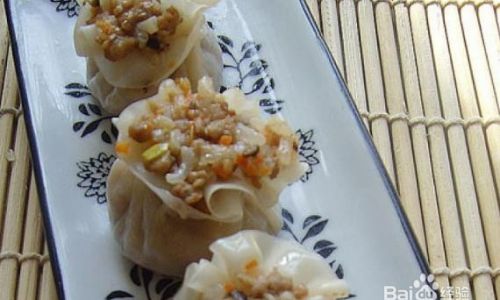
1 Dough Ingredients
- Flour: Use a high-protein flour, such as bread flour, for a stronger gluten structure that can hold the shape of the shao mai during steaming. Avoid all-purpose flour, which may result in a softer, less structured dough.
- Water: Room temperature water is ideal as it allows for better control over dough temperature and consistency.
- Salt: A pinch of salt enhances flavor and strengthens the gluten network in the dough.
- Oil: A small amount of vegetable oil can be added to the dough to make it smoother and easier to handle.
2 Filling Ingredients
- Pork: Choose fatty pork shoulder or belly for a juicy, flavorful filling. Lean pork can dry out during steaming.
- Shrimp: Fresh, large shrimp should be peeled, deveined, and chopped. Frozen shrimp can be used but should be thawed completely before use.
- Bamboo Shoots: These add a crisp texture and subtle sweetness to the filling. Canned bamboo shoots are convenient but fresh ones are preferable.
- Water Chestnuts: Similar to bamboo shoots, water chestnuts provide crunch and a refreshing taste.
- Ginger and Garlic: Minced finely, these aromatics add depth to the filling.
- Soy Sauce, Sesame Oil, and Shaoxing Wine: These seasonings bring together the flavors of the filling. Shaoxing wine, in particular, adds a unique, slightly sweet aroma.
- Green Onions: Finely chopped, they add color and a mild onion flavor.
- Cornstarch: A small amount mixed with the filling helps to thicken the juices, preventing the shao mai from becoming soggy.
Chapter 2: Preparing the Dough
The dough for shao mai requires precision and patience. Here’s a step-by-step guide:
1 Mixing the Dough
- In a large bowl, combine the flour and salt.
- Create a well in the center and pour in the water and oil.
- Using a chopstick or fork, gradually incorporate the flour into the liquid until a shaggy dough forms.
- Transfer the dough to a lightly floured surface and knead for about 10 minutes until it becomes smooth and elastic.
- Place the dough in a lightly oiled bowl, cover with a damp cloth, and let it rest for at least 30 minutes. This allows the gluten to relax, making the dough easier to roll out.
2 Rolling Out the Dough
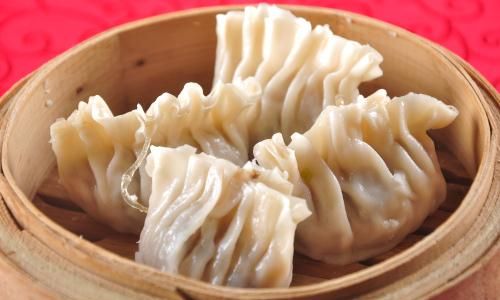
- Divide the rested dough into two equal portions.
- Roll each portion into a log about 1 inch in diameter.
- Cut each log into small pieces, about 1 inch each.
- Dust each piece lightly with flour and flatten it with your palm.
- Using a rolling pin, roll each piece into a thin circle, about 3-4 inches in diameter. Aim for an even thickness to ensure uniform cooking.
Chapter 3: Preparing the Filling
The filling is the heart of shao mai, and its preparation requires attention to detail.
1 Preparing the Pork
- Cut the pork into small cubes, then mince it finely by hand or in a food processor. Be careful not to over-process, as you want some texture in the filling.
- In a large bowl, combine the minced pork with soy sauce, sesame oil, Shaoxing wine, minced ginger, and garlic. Mix well until the pork is evenly coated.
2 Preparing the Shrimp
- Peel, devein, and chop the shrimp into small pieces.
- Mix the shrimp with a pinch of salt and cornstarch to tenderize and help them retain their shape during cooking.
3 Combining Ingredients
- Add the chopped bamboo shoots, water chestnuts, and green onions to the pork mixture.
- Gently fold in the shrimp, being careful not to overmix, as you want to maintain the pieces’ integrity.
- Taste and adjust the seasoning with additional soy sauce or sesame oil if needed.
Chapter 4: Assembling the Shao Mai
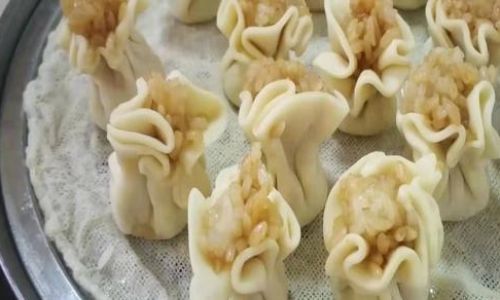
Assembling shao mai can be challenging but is a rewarding process once mastered.
1 Placing the Filling
- Hold a dough circle in your palm, with the pleated edge pointing towards you.
- Spoon a small amount of filling (about 1 tablespoon) into the center of the dough.
2 Pleating the Dough
- Gather the edges of the dough around the filling, gently pinching and pleating to create a flower-like shape.
- Ensure the top is tightly sealed to prevent steam from escaping and causing the filling to leak.
- Place the assembled shao mai on a parchment-lined tray, spacing them apart to prevent sticking.
Chapter 5: Steaming the Shao Mai
Steaming is the final, crucial step in making delicious shao mai.
1 Preparing the Steamer

- Fill a large pot with water and bring it to a boil.
- Place a bamboo or metal steamer basket inside the pot, ensuring it does not touch the boiling water.
2 Steaming the Shao Mai
- Arrange the shao mai in the steamer basket, spacing them slightly apart.
- Cover the pot and steam the shao mai over medium-high heat for about 12-15 minutes, or until the dough is translucent and the filling is cooked through.
- Avoid opening the lid frequently, as this can cause the shao mai to collapse.
Chapter 6: Serving and Enjoying
Once steamed, shao mai should be served immediately to enjoy their best texture and flavor.
1 Serving Suggestions
- Serve shao mai hot, with a dipping sauce made from soy sauce, vinegar, and a touch of sesame oil.
- Pair them with other dim sum favorites like steamed buns, dumplings, and rice noodles for a full meal experience.
2 Storage and Reheating
- Leftover shao mai can be stored in the refrigerator for up to 2 days. To reheat, steam them for 5-7 minutes until heated through.
- Freezing shao mai is also an option. Place them on a tray in a single layer, freeze until solid, then transfer to an airtight container. To reheat, thaw overnight in the refrigerator and steam for 10-12 minutes.
Conclusion
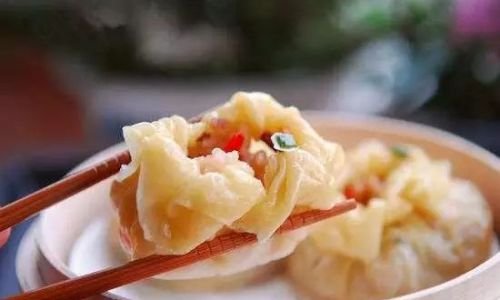
Making delicious shao mai is an art that combines precision, patience, and a love for culinary tradition. By carefully selecting ingredients, meticulously preparing the dough and filling, and mastering the steaming process, you can create shao mai that are not only visually appealing but also bursting with flavor. Whether you’re enjoying them as a comforting meal at home or serving them to guests at a dinner party, shao mai are sure to impress and delight. Happy cooking!
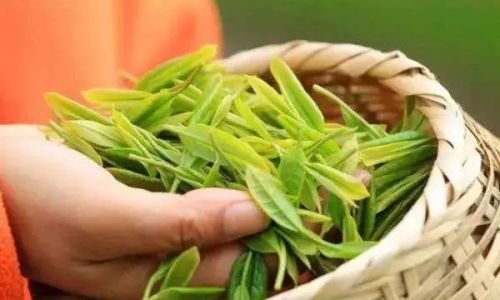
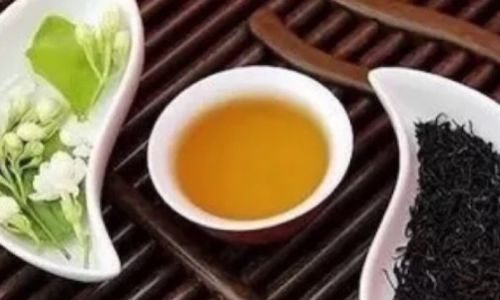
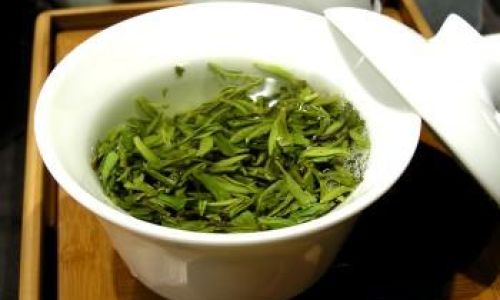
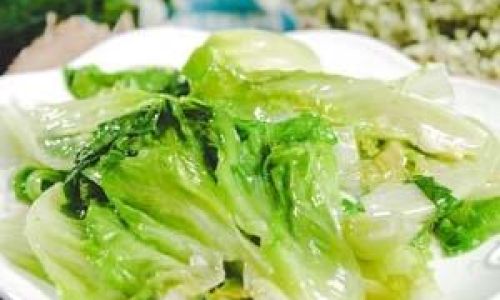
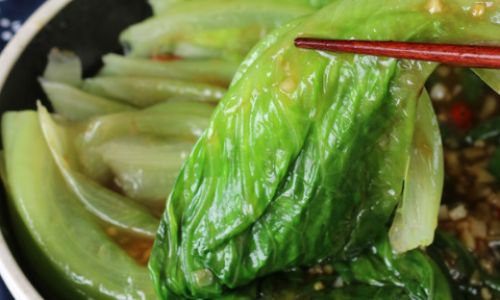

0 comments